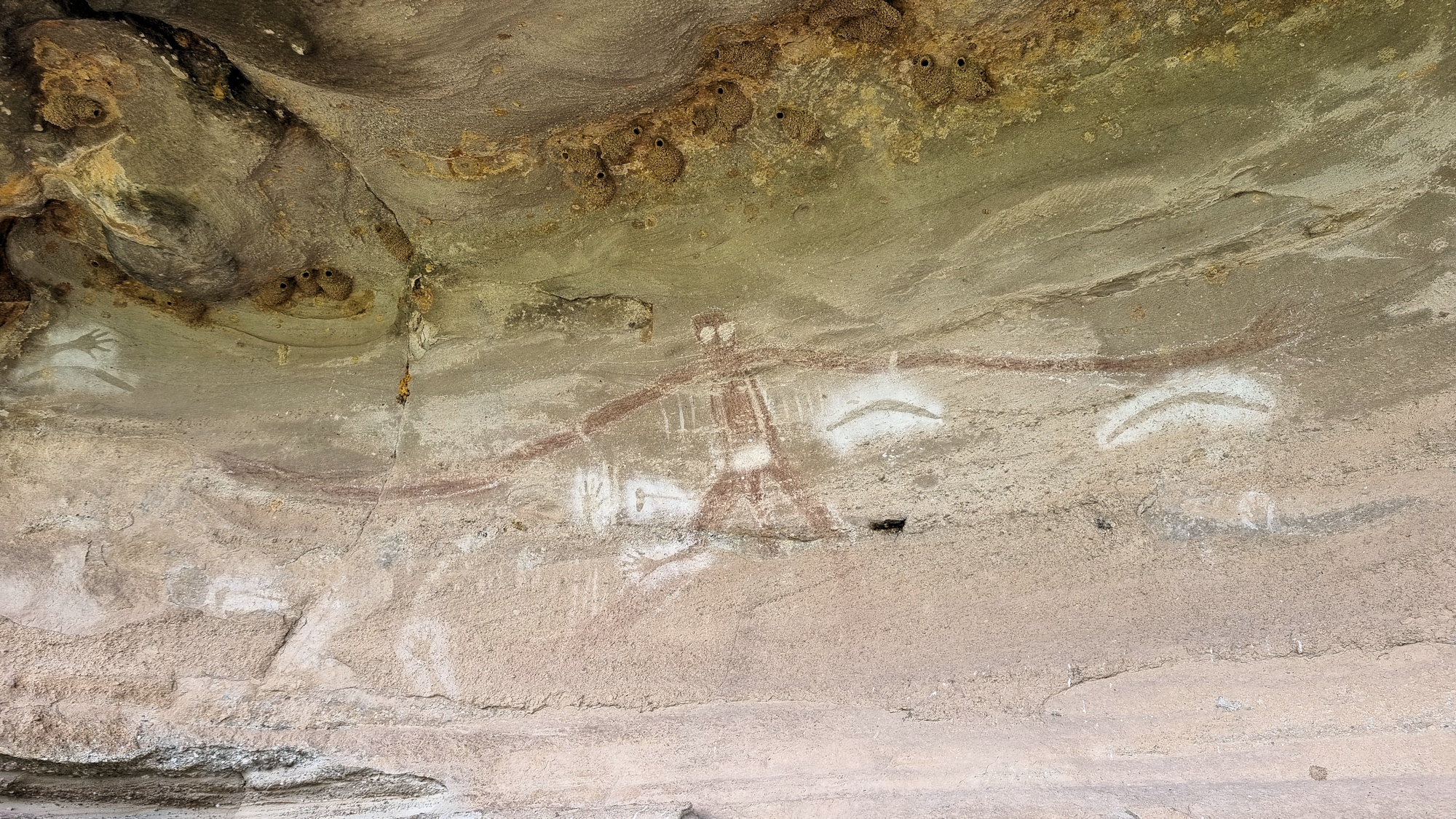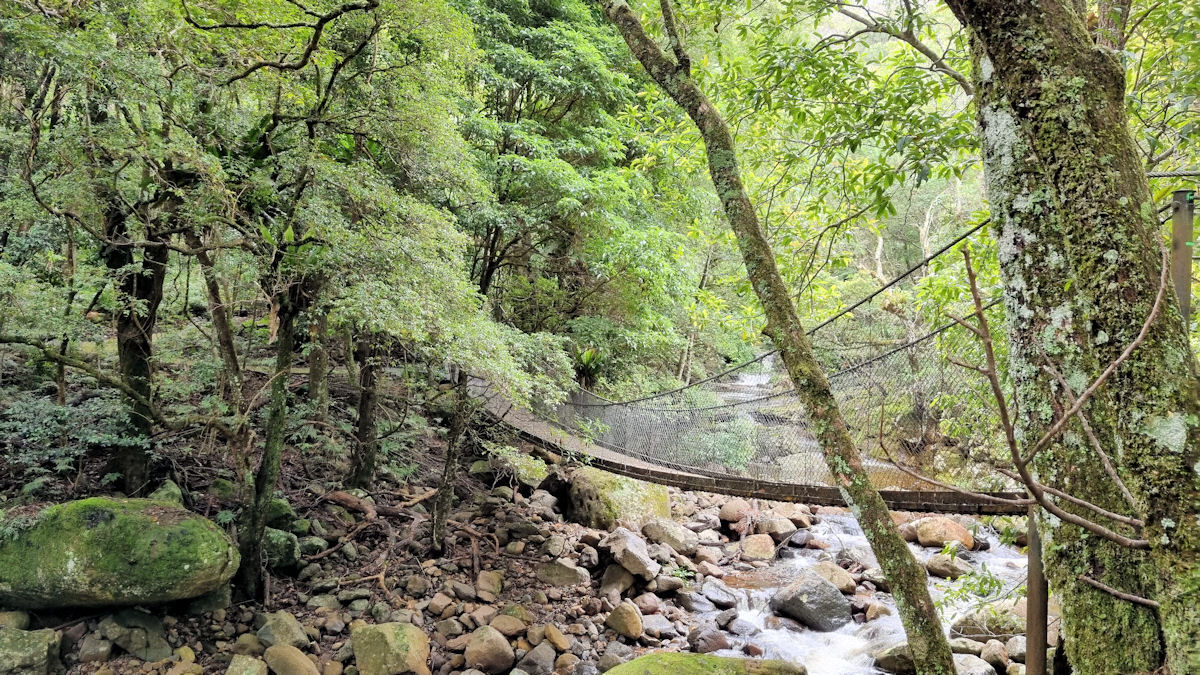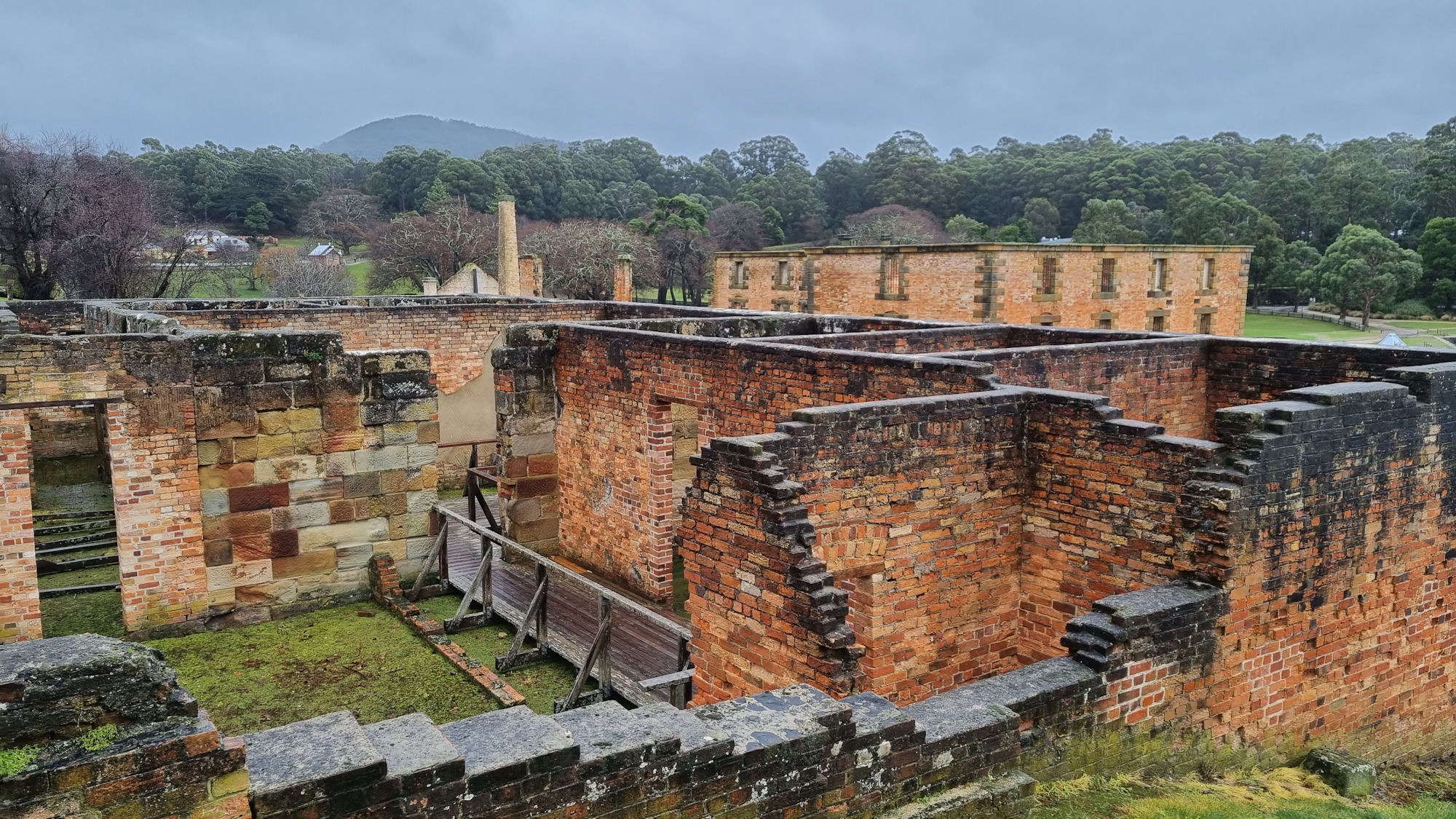Tag: National Park
-
Baiame Cave Milbrodale Hunter Valley

Baiame Cave Milbrodale Hunter Valley It’s amazing what you can find close to home that you didn’t know existed! It’s even on the local council website, but we somehow failed to see it. About 25 minutes down the Putty Road from Singleton, the Baiame Cave at Milbrodale contains a significant example of Aboriginal art. Significance… Read more
-
Minnamurra Rainforest

Minnamurra Rainforest Part of Budderoo National Park west of Kiama, Minnamurra Rainforest is a subtropical, dry, riparian and temperate rainforest. Only a 30-minute drive from Wollongong, it’s a great place to experience the Australian bush. Parking is available near the visitor centre, for a small fee. Alternatively, if you have an annual pass for NSW… Read more
-
Tasman Peninsula Tasmania Australia

Tasman Peninsula The Tasman Peninsula has an wonderful array of historical and natural locations explore. Containing some of Australia’s oldest convict sites, it tells the story of early colonial life while being surrounded by amazing natural beauty. During our stay here, we visited the sites below. This is by no means all there is to… Read more